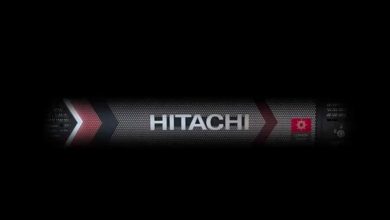
Innovation is what drives a business forward, especially in this digital age. This is why you need an enabler of innovation—something that will allow your organisation to innovate wherever innovation is needed and whenever it is necessary.
That is precisely what Red Hat Enterprise Linux (RHEL) can do for your organisation. Innovation in these modern, digital-first times means adopting new technologies, like containers, application development and cloud computing, and you will need to optimise your infrastructure to leverage these innovations. This is something RHEL can do for you, thus preparing your organisation for new technology adoption.
Red Hat Enterprise Linux, developed in the early 2000s by Red Hat as an enterprise Linux OS, also enables consistency, as it can be optimised to run on different servers and workstations. At the same time, RHEL also supports multiple hardware architectures, including x86, ARM, IBM Power, IBM Z and IBM LinuxONE, thanks to Red Hat’s collaboration with a number of hardware partners and upstream communities. The end result is a reliable platform for a broad range of use cases and, critically, a consistent application environment across physical, virtual and cloud deployments.

This consistency, incidentally, is another key enabler of innovation. The reason being is that RHEL-enabled consistency will allow your organisation to deploy applications, workloads and services using the same tools and regardless of location. It is, in other words, a modern and reliable foundation that spans different environments. Critically, it features all the tools necessary to enable rapid delivery of apps and workloads in whichever environment they are needed.
Currently the world’s leading enterprise Linux platform, RHEL has so far enabled countless applications— anywhere and at any time. In addition, hundreds of developers in a wide variety of industries, along with technology startups, develop and deliver customer solutions using RHEL, thereby extending this already vast and vital ecosystem more and more.
More than infrastructure optimisation and consistency, RHEL also enables innovation through the open-source model. It has a strong and proven track record as an open platform, having been developed via an open and transparent process and delivered under an open-source licence. It is, therefore, compatible with multiple open standards, which then paves the way for RHEL’s broader adoption—by organisations at the forefront of innovation and digitalisation and by organisations looking to catch up.
This openness crucially powers community innovation among Linux users, customers and partners, enabling RHEL to push the envelope by making open solutions available to enterprises that need them. Expanding this range of available solutions are Red Hat’s partner technology vendors, whose innovations add to an already large pool of solutions available that organisations can run or deploy in a single, consistent platform.

So, to put it simply, RHEL allows an organisation to either innovate on its own with a modern, reliable foundation or choose from a wide selection of innovations and enterprise solutions developed by the Red Hat community—generally at the price that suits the organisation’s financial standpoint and from its preferred vendor. Either way, the organisation is able to innovate and benefit from it.
Enabling innovation, though, is just the tip of the iceberg with RHEL. Aside from delivering this consistent, modern and intelligent operating foundation for modern IT, RHEL can also serve as the OS your organisation needs—the kind that boosts performance, improves security and speeds up development.
Click here for an in-depth look at why you should be choosing Red Hat Enterprise Linux.





